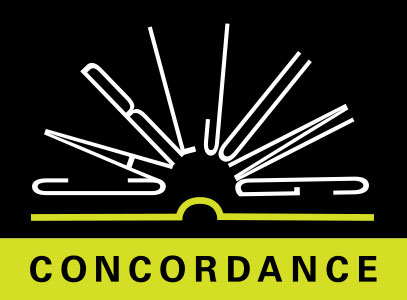Exeter, England
Dear Sir,
Instead of St. George you could use the more general symbolism of Christ and the devil. St. George is a more personalistic formulation of the same. The saint is surely the conscious ego, but not the persona, because we don't assume that St. George is merely a mask hiding the real self. Persona is what you want to impress people with and what they force you to assume as a role. Therefore it is called a mask. The sword, which you identify with the Logos, is properly interpreted on the assumption that St. George symbolizes Christ, as no one else would be capable of wielding the Logos. But if you take St. George as a human being, then it would be his discriminating faculty and this is the main characteristic of consciousness, that it is discriminating, chiefly by means of the intellect. Thus the sword very often represents the intellect or discriminating values. The dragon in this case would be the whole length of the shadow, namely the human plus the animal (ape) -shadow in man
JL1 ¶ 0We like to imagine that God is all light, but S. Johannes à Cruce has the truly psychological notion of the darkness and the seeming remoteness of God as an effect of the divine presence. This state of darkness is by far the most trying and most dangerous part of the mystical experiences. It feels like a void and this is precisely what Buddhism cultivates as the most desirable state of Nirvana. The Buddhists reach it in exactly the same way as Christian mystics do, namely by excessive self-abnegation. At least this is true of classical Buddhism. It is not so true of its later developments, as for instance in Zen
JL1 ¶ 0It is generally true that consciousness must win a victory over the powers of darkness. But as darkness is not wholly subject to our moral valuation, since it seems to be one of the divine characteristics, it remains a question whether the dragon is to be considered as wholly evil. This question, however, is a most intricate one, The serpent as well as the dragon and other reptiles usually symbolize those parts of the human psyche which are still connected with the animal side of man. The animal still lives in him: it is the old saurian that is really the dragon, and therefore the dragon is a very proper symbol
JL1 ¶ 0These parts of the psyche are most intimately connected with the life of the body and cannot be missed if body and consciousness are to work together soundly. Therefore a certain amountor better an uncertain amountof darkness has to be allowed, because it is vitally necessary if the body or the mind is to live at all. Many neuroses come from the fact that too good a victory has been won over the body and its dark powers. Old Drummond, for instance, used to lament over the awful moods of pious people. Those were the cases where the old serpent has been too cruelly mauled by too spiritual a consciousness. One would have found in analysing these people that there was no small amount of greed and vanity in their spiritual aspirations. The medical psychologist knows that he is treading on dangerous ground here and therefore he goes warily when it comes to the question of victories over darkness
JL1 ¶ 0